Mattress Care
February 2022Mattress care & maintenance: how to look after your mattress
Updated 2022: It doesn’t matter whether you’ve just bought a new mattress or are looking for tips on how to look after or clean an old mattress. This guide will help give you top tips to keep your mattress providing comfort for many years. failure to do so may mean your mattress starts to sag or become uncomfortable far faster!
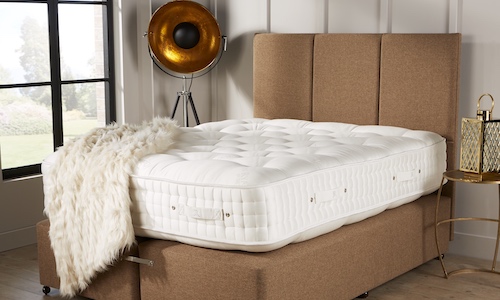
Mattress Maintenance & Cleaning Tips
Many of our customers ask the question of how they should care and maintain their mattress. Whilst many know to ‘turn’ (flip it over so the underside becomes the top side) your traditional sprung mattress ‘regularly’ there is little information on how regular this should be. But don’t worry we’re here to help!
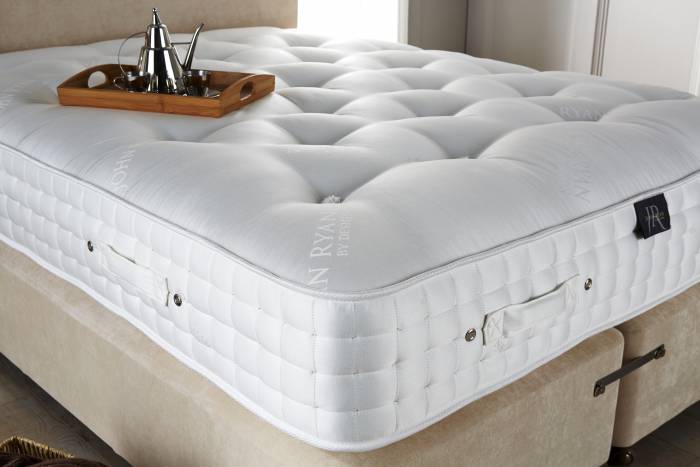
Here we have provided you with a guide for looking after, maintaining and cleaning your new mattress.
- Why do I need to care for my mattress?
- How to clean a mattress
- Can I machine wash a mattress?
- How often should I turn my mattress?
- How often should I rotate a mattress?
- How to prevent ridges/dips from forming in my bed?
Why do I need to maintain my mattress?
Just like a new car will over time get dirty and require washing and service once a year, your new mattress requires a similar, if less expensive kind of maintenance.
Failure to look after your mattress will result in a reduced mattress lifespan.
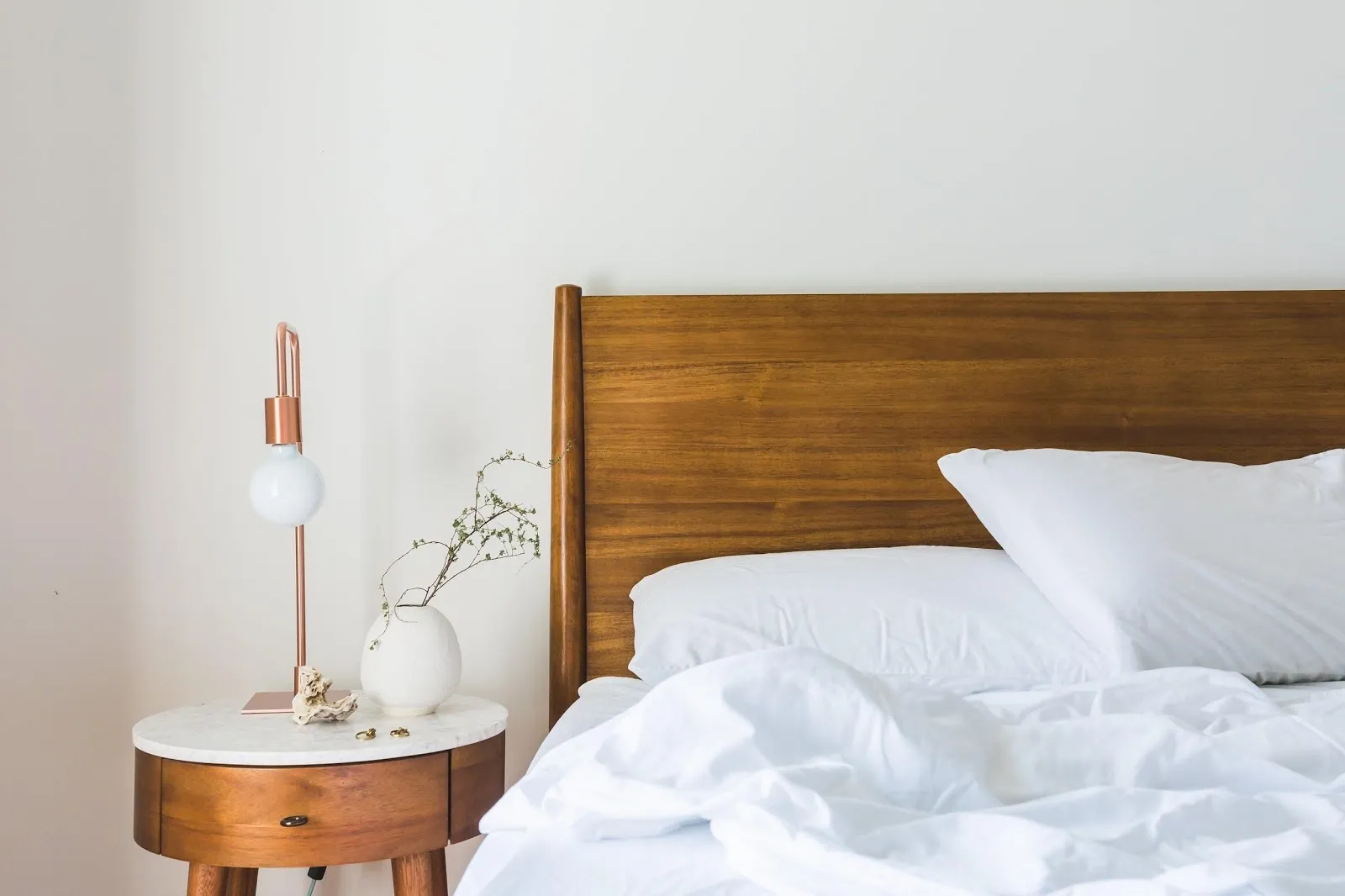
A lack of maintenance may result in your mattress getting dirty, suffering from inconsistencies such as isolated compression (one specific area is lower than the other), dips, sags, or the rare case of the mouldy mattress.
It also helps you to keep your bedroom healthy, increase sleep hygiene and be one less major purchase to consider if you keep your mattress in good condition. Although you may forget about your bed if you’re sleeping well in it, monthly maintenance will enable this to be the case for years to come.
So let’s look at when you should turn, rotate and clean your mattress.
How to clean a mattress
All mattresses can be cleaned to various degrees depending on the freshness of the stain, the liquid or the material that has stained your bed.
However, we would always advise that you use a mattress protector in the first place and try to avoid spills. A mattress p[protector will help you remove the top layer which can then be machine washed.
We do realise that sometimes accidents happen and your mattress/bed can become stained and or end up with perspiration marks after use.
Instructions to hand clean a mattress:
If your mattress cover has become stained due to sweat, spilt drinks or other ‘accidents’ then you can follow the instructions below to help remove them:
- Fill a bowl with warm soapy water and another bowl with warm clean water (no detergent)
- Always use a clean damp cloth with a small amount of detergent (avoiding bleach)
- Sponge the stains in a circular motion lightly
- Rinse the cloth in the second clean bowl to help remove the stains
- For stubborn stains, bicarbonate of soda can be added as a paste (mix with some water) to help list stubborn stains
- Using a clean cloth then sponge the area to help dry it
- Open a window and leave the mattress to air dry – never be tempted to use a hairdryer on the bed or place it next to a hot radiator.

Can I put a mattress in a washing machine?
This may sound like a daft question but believe us we get asked it a lot. For high-quality mattresses, you simply would never find a machine washer big enough to get them in. However, for cheap foldable mattresses or foam beds, it is possible that in a large machine washer you could fold and squeeze it in (no doubt damaging it in the process).
A mattress can and never should be machine or service washed!

Turn your mattress over once a month
Rotate your mattress once a month
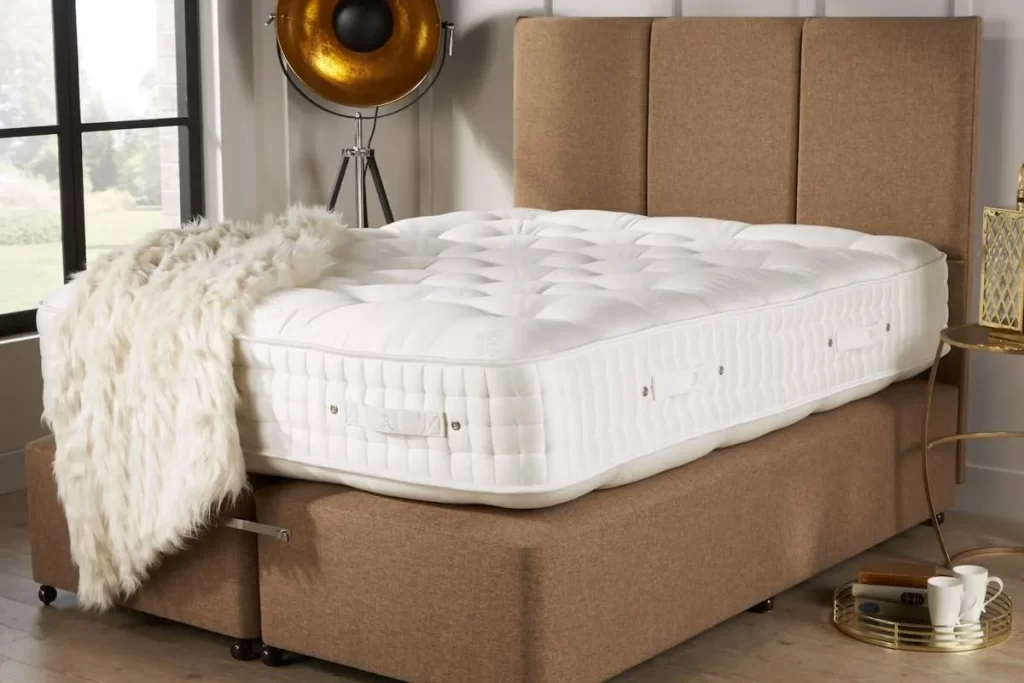

How often should I turn my mattress?
You need to turn your mattress once a month for the first 12 months, fully flipping the mattress over each time, North to South one month, East to West the next and repeat.
This helps even out wear and will ensure your 2-sided mattress lasts far longer. Not only are you getting the maximum use out of your mattress but turning monthly helps reduce natural settlement which reduces the chances of sagging or mattress dipping.
If you don’t turn your mattress and keep sleeping in the same position each night you will find that settlement occurs. Where a body imprint takes place as the fibres here have compressed compared to the unused part of the mattress.
This is why foam and boxed mattresses have so many complaints about sags and dips. This happens as you can’t turn these mattress types.
How to rotate your one sided mattress
Mattresses that are known as ‘no turn mattresses’. You can still rotate these but can’t, unfortunately, turn them over. We always advise you to avoid these beds as they have a much shorter shelflife, after all, you only have half of the mattress you can use!
The construction method of Memory foam means it does not need to be turned over. It also means that you can’t usually turn it like a traditional mattress.
Rotating your mattress, spinning it around on the same side, once a month will allow you to distribute this wear more evenly.
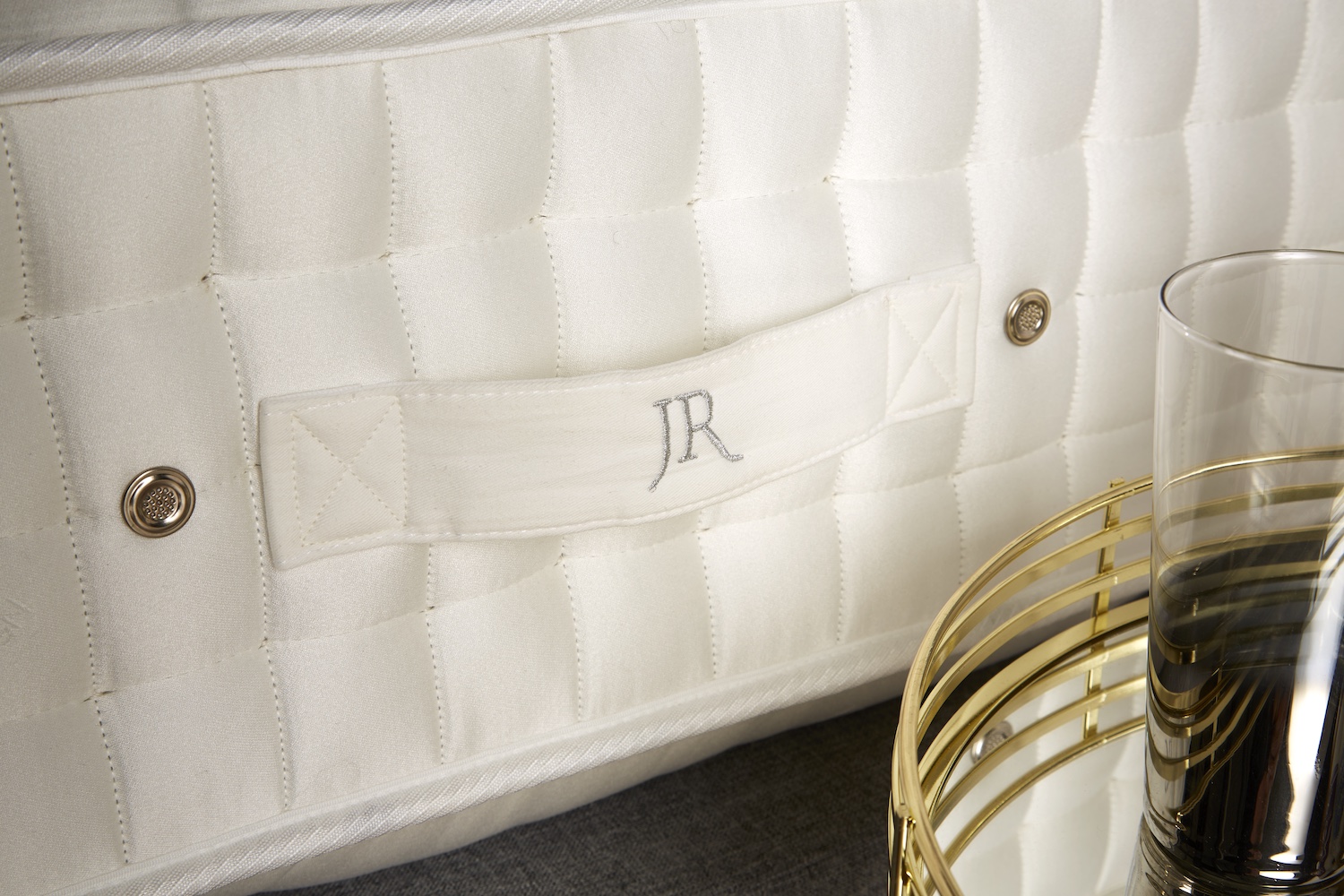
When we talk about rotating we mean spinning the mattress like the hands of a clock so the head end becomes the foot end and the foot end becomes the head end etc.
No turn mattresses
If you have bought a no-turn mattress then we advise you buy a separate topper that can be turned and rotated to help even out wear.
So you can rotate the base mattress but turn/flip the topper. This again extends the life of your mattress and ensures consistency as it beds in and wears over time.
How to prevent ridges in the centre of your mattress
Some customers, particularly with Super king and king size mattresses, have noted that a ridge can appear in the middle of the bed and are concerned this means the bed is sagging. John explains this as the Virgin Mattress Syndrome. This is where the centre of the bed receives little to no use so keeps its uncompressed state, whilst the two other sides compress slightly.
Human nature means we are creatures of habit and tend to sleep in the same position every night meaning this area get more wear and compression than the rest.
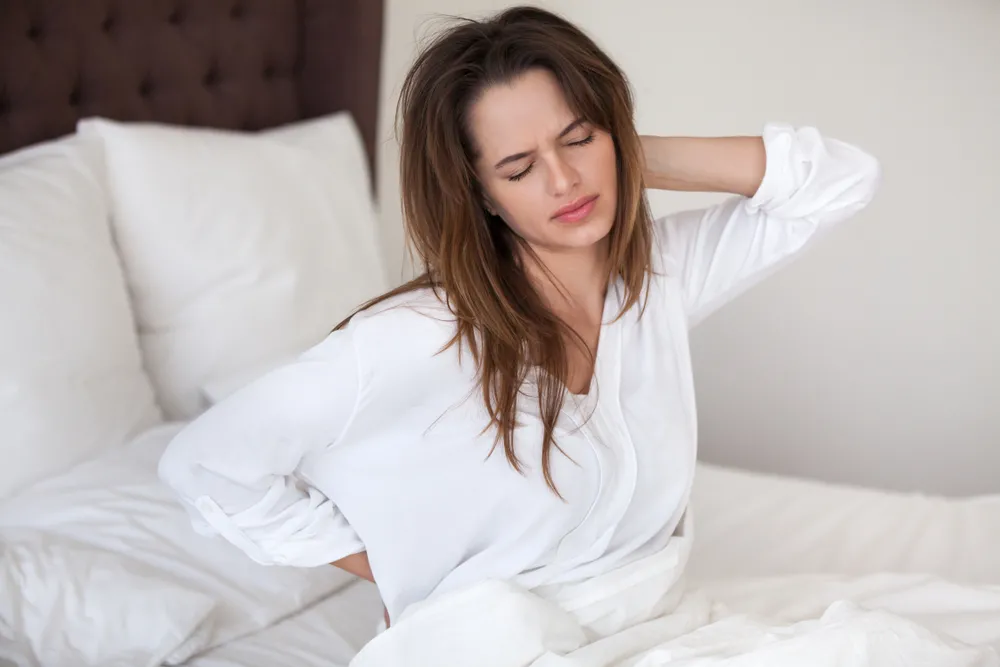
Regular turning can help with this.
It doesn’t mean the mattress has sagged or dipped as in failed, it is just natural when you have two people using the same parts night on night. It is more of an aesthetic problem and not a construction failure by turning and rotating the mattress you can help even this out.
What about preventing mattress dips?
Mattress dipping and sagging are usually caused by either:
- Overuse of one area – see the advice above about rotating or turning to even out settlement
- A mattress defect
To prevent a mattress from sagging or dipping it is important to have chosen the correct spring tension for your mattress in the first place and also undertake monthly maintenance. To ensure that any settlement is easily apportioned across the mattress.
The larger the mattress, such as a superking, the more particular attention needs to be paid to turning or rotating
As the central part that gets little ‘use’ will settle at a slower rate. Zip & link models can help alleviate this.

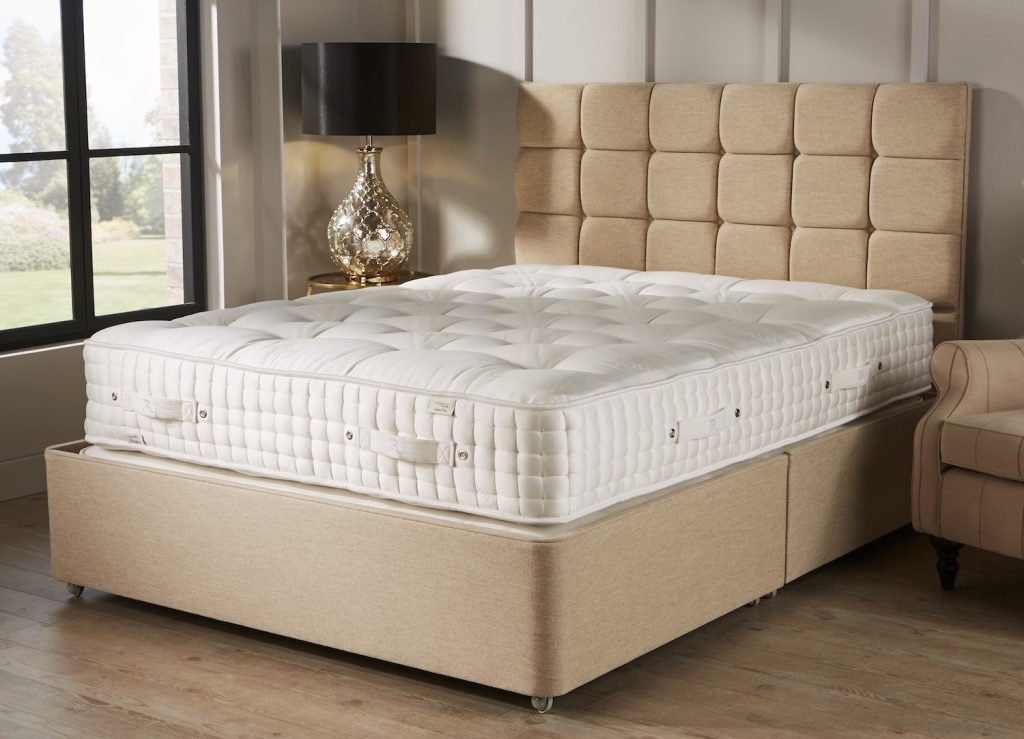
How to prevent mouldy mattresses
This has occurred in a few instances online of certain mattress manufactures, naming no names! This usually occurs when maintenance is neglected and moisture is allowed to sit on the mattress especially in high humidity areas. Also when synthetic non-breathable fibres are used in a low-end mattress.
Allowing moisture to sit and attract nasties like mould. Regular rotating and turning of the topper should prevent this. See our post here for more details on this. This issue is rare but as always we provide some advice on it!
What is a Mattress protector?
Mattress protectors are a cost-effective way of protecting your mattress from spills, stains, bodily fluids and damage. They are a washable and replaceable fitted sheet that goes underneath your bed sheets.
We can’t stress enough how valuable a mattress protector is. These can be purchased from most department and homeware shops. They are a slightly padded usually fitted sheet that goes over your mattress and topper. They are a cheap and easy way to prevent the 3 evils from damaging your mattress.
If you don’t have a mattress protector a duvet sheet in the size of your mattress can be used as an alternative. The benefit is these can be removed washed or disposed of if necessary after periods of wear. They keep your mattress secure from the 3 evils that will over time damage them.
They help prevent:
- Sweat/Bodily fluids
- Dead Skin
- Settlement & Indents
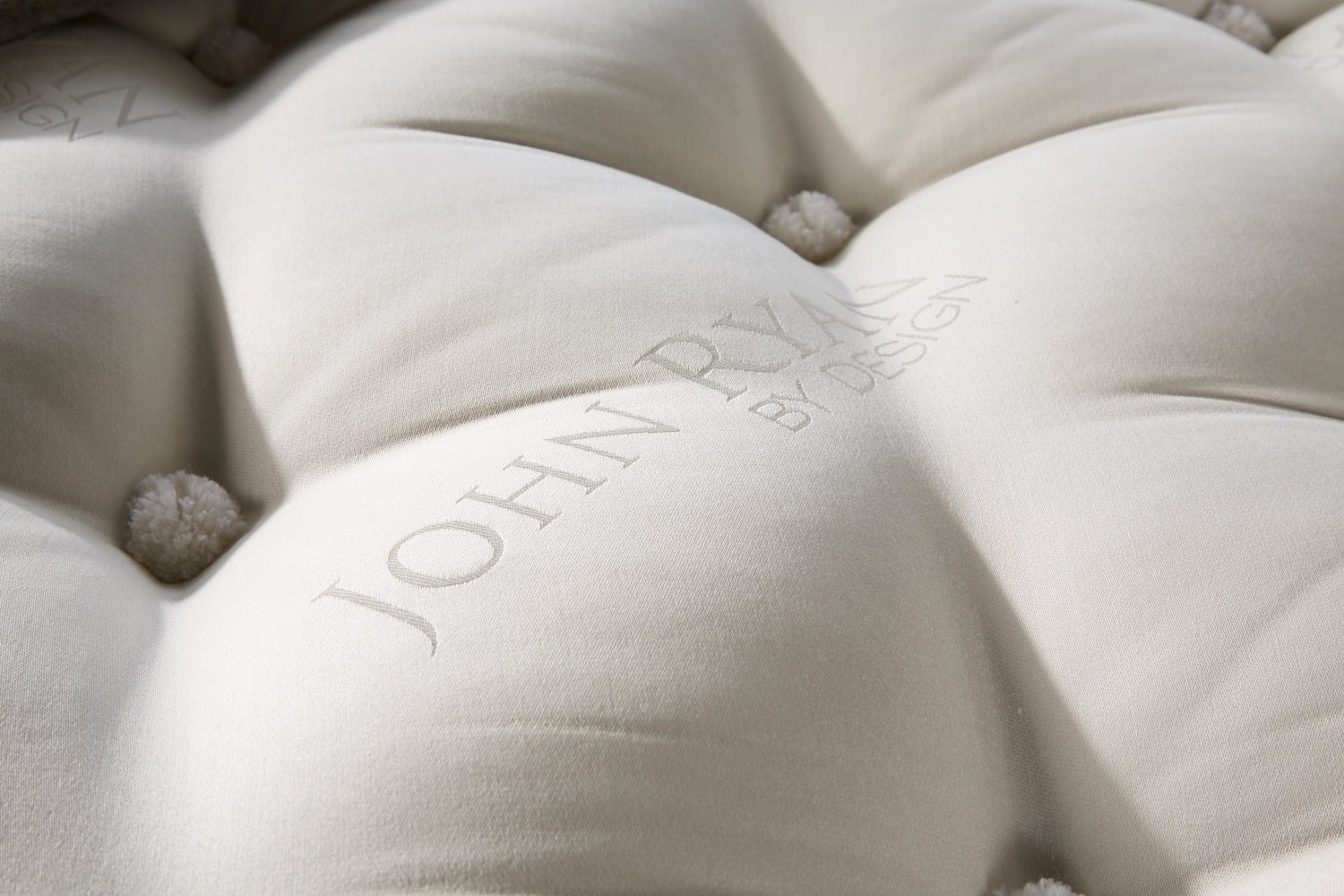
Deep fitted sheets
Due to the depth of our full range of mattresses ranging from 27cm to 35cm in depth. Standard fitted sheets probably won’t suffice to keep your bed adequately covered. A number of high street shops sell deep and extra deep fitted sheets keeping your bed perfectly covered in whatever fabric, colour or design takes your fancy!
The cover can add 1cm-2cm to the depth along with the quilted undulations. We advise you double-check once the mattress arrives before purchasing any specific depth fitted sheets. We don’t include the cover as we find it misleading to quote the cover as part of the foam.
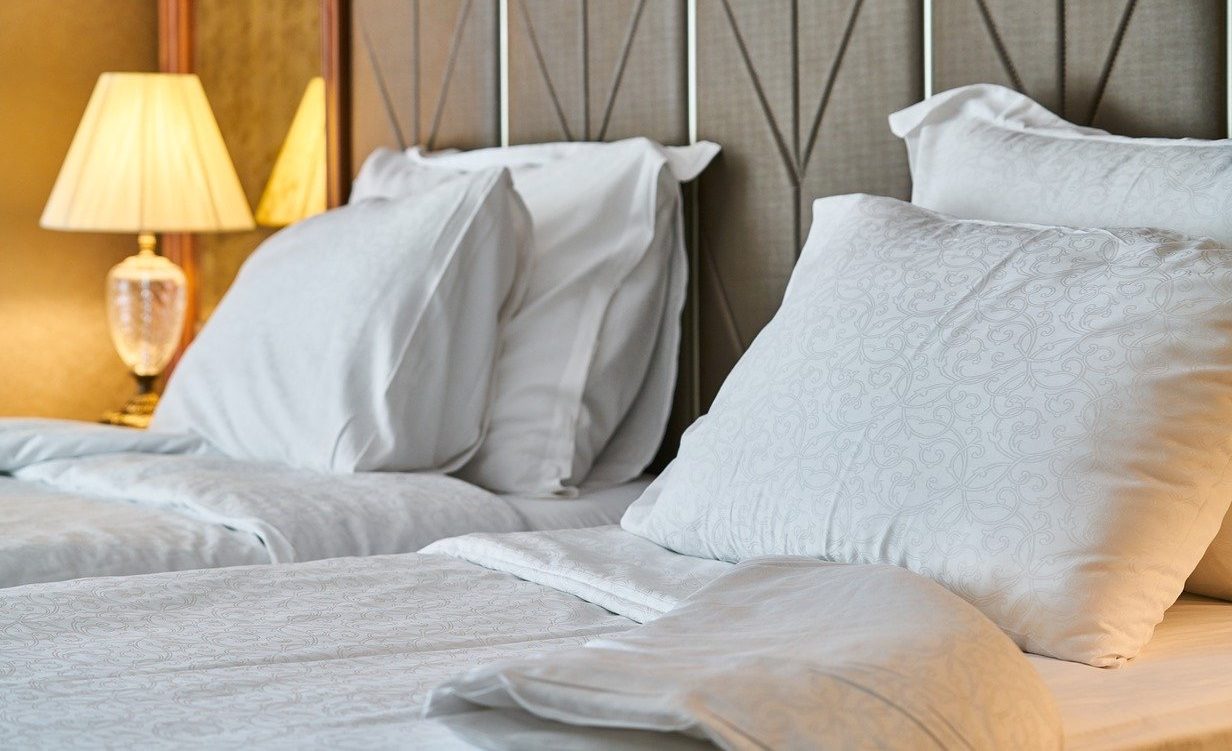
You can review all of our mattress sizes, depths and weights here in our detailed article.
Cleaning up spills and stains on a mattress
If you do by accident spill or wet your mattress our guidance is to take off the sheets as soon as possible and strip the mattress back to its core. Clean up any liquids with towels and then allow the mattress to air dry.
Never use a heat source that could damage or warp the mattress materials.
Once it is fully dry re-make your bed with clean dry bedding and allow ventilation to ensure any residual moisture in the room or the bed can escape through evaporation.

Stains may be a slightly different problem, we advise against using cleaning chemicals on the mattress for stains that may compromise the foam. This can lead to it becoming damaged or failing.
If your bed is covered with a protector and sheets usually these can be washed with stain removers or simply replaced if beyond cleaning.
It goes without saying that spills & stains need immediate attention
A damp cloth is all you need to remove any spillages and then let the bed air dry.
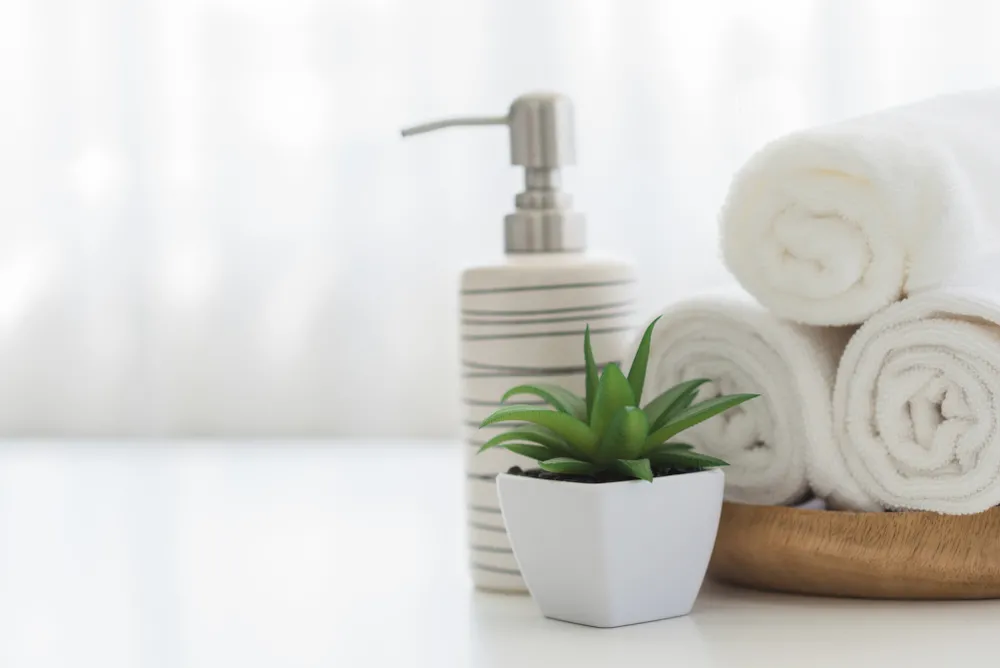
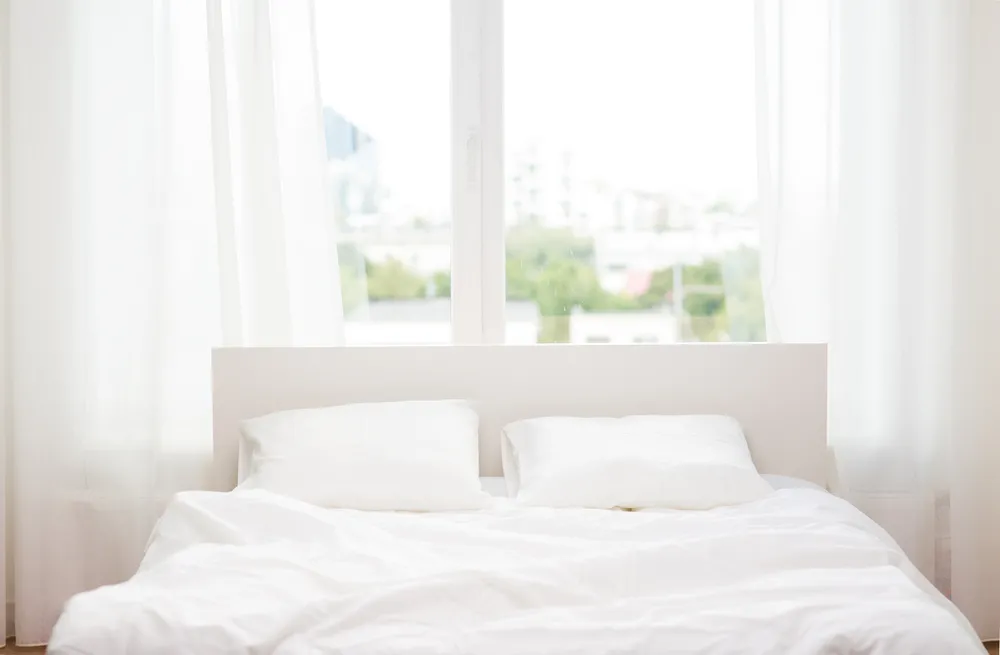
Other forces of nature
We also need to stress that whilst it is sometimes seen as a good idea by children to use a mattress as a toboggan down the stairs or a trampoline it will cause untold damages to the mattresses. This too is not covered by our guarantee as our mattresses are only guaranteed to be slept on. Whilst we agree it can be fun, we, unfortunately, can’t guarantee the mattress if they are used as an adventure playground!
Top 5 mattress maintenance tips
1. Rotate your mattress monthly if one-sided. If two-sided like our Artisans then turn monthly.
2. Always use a mattress protector, it’s the cheapest way to ensure your mattress stays in pristine condition
3. Ensure that you have adequate ventilation, especially if you’re drying clothes on radiators or clothes horses.
4. Clean up spills as soon as possible and always allow a wet or soiled mattress to air dry once cleaned. Never use a heat source!
5. Deep fitted sheets will ensure all the lovely comfortable layers of your mattress are well covered and contained allowing you the perfect nights sleep!
Summary
There are a lot of tips in this article about ensuring your mattress stays in as good a shape as possible. Monthly maintenance of turning and rotating is vital in ensuring that wear is evened out across the mattress and it goes without saying that any spills or liquids need to be cleaned as soon as to prevent damage to the internal components of your mattress. it’s really easy to ensure you get the most out of your mattress by spending a little bit of time each month looking after your bed. That way you’ll have years of dreamy nights sleep!
If you have mattress care questions why not get in touch with our small friendly team on 0161 437 4419.

Dreaming of the perfect nights sleep?

Ask us a question
There are over 6000 questions and answers submitted by you on all questions about mattresses and bed problems. Enter a keyword such as Vi Spring, John Lewis beds, bad back or Memory Foam and see if your question has already been answered.
If you can’t find an answer in knowledge hub, ask a new question. We aim to respond to all questions within one working day.
Newsletter
Enter your email to join our newsletter. We’ll send you occasional news and mattress expertise.
